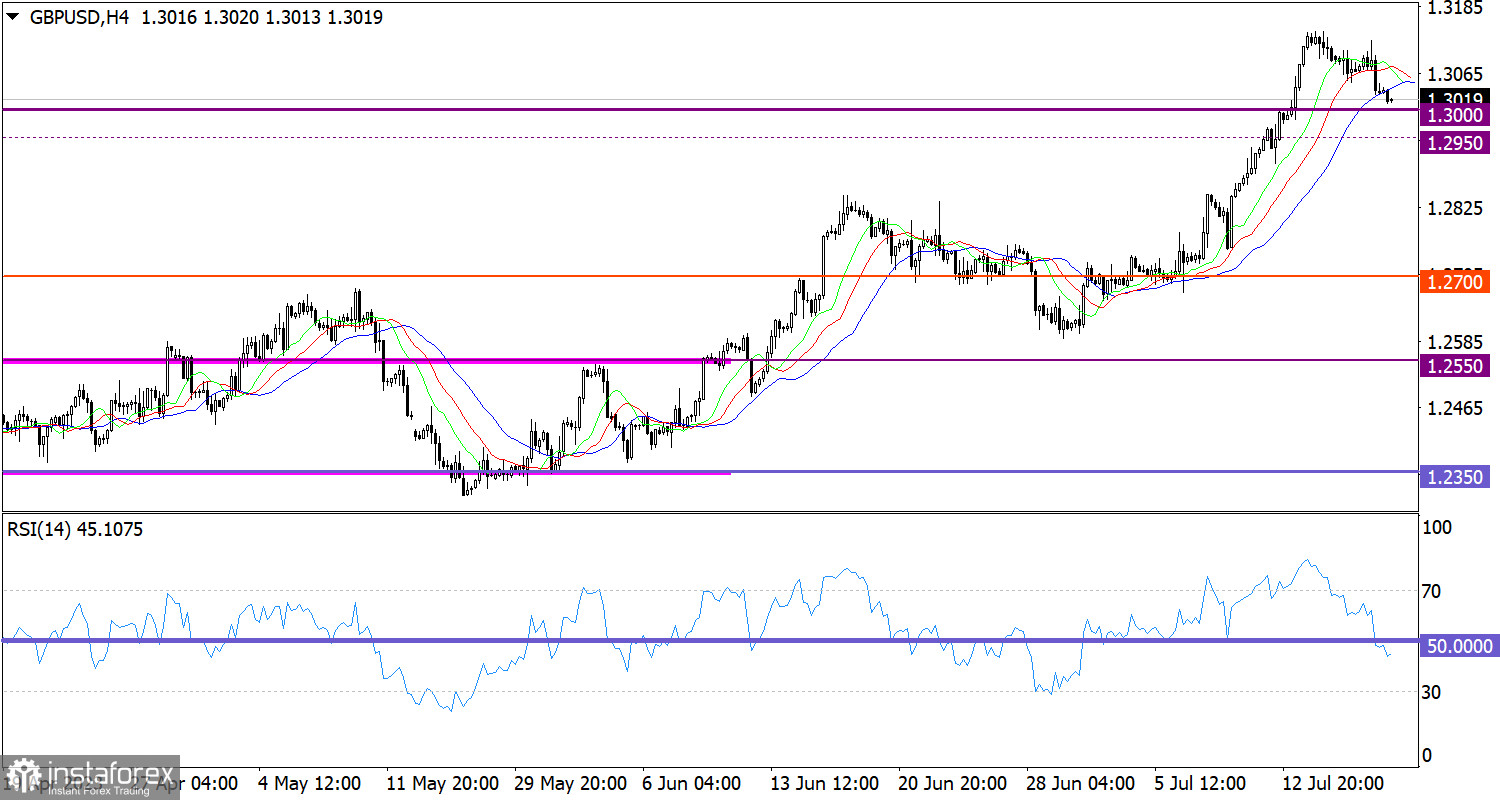Macro data in the US came mixed but missed expectations. Consequently, the pound edged down. Thus, US retail sales dropped to 1.5% from 2.0%, when economists had expected figures to fall to 1.1% from 1.6%. Yes, consumer spending is still declining, but the result came better than anticipated. After all, retail sales account for almost a fifth of the entire American economy. In other words, the economic state has improved slightly, and the US may avoid a recession. However, industrial production slid to -0.4%. Economists had expected production to come in at 0.5%, up from 0.2%. Previous results were revised down to 0.0%. Nevertheless, data on retail sales are usually more important as they reflect the state of the services sector, which is four-fifths of the American economy.
The sterling is likely to continue its fall today due to a slowdown in UK inflation to 8.3% from 8.7%. A decrease in inflation is usually seen as a negative factor for the forex market because it limits the upside potential for interest rates. Anyway, figures set to be released today could indicate that a pause in the Bank of England's tightening might be nearing.

The pound/dollar pair has reached the psychological level of 1.3000.
On the 4-hour chart, the RSI has left the overbought zone and has crossed line 50. This technical signal indicates an increase in selling volumes.
Meanwhile, the Alligator's MAs are intertwined in the 4-hour chart, signaling a slowing of the uptrend.
Outlook
Quotes may go below 1.3000. An increase in selling volumes may take place after consolidation below 1.2950. Until then, quotes are likely to hover in the range of psychological levels of 1.2950/1.3000/1.3050.
In terms of complex indicator analysis, a correction is likely in the short term and intraday. Indicators also signal an uptrend in the medium term.
 English
English 
 Русский
Русский Bahasa Indonesia
Bahasa Indonesia Bahasa Malay
Bahasa Malay ไทย
ไทย Español
Español Deutsch
Deutsch Български
Български Français
Français Tiếng Việt
Tiếng Việt 中文
中文 বাংলা
বাংলা हिन्दी
हिन्दी Čeština
Čeština Українська
Українська Română
Română

